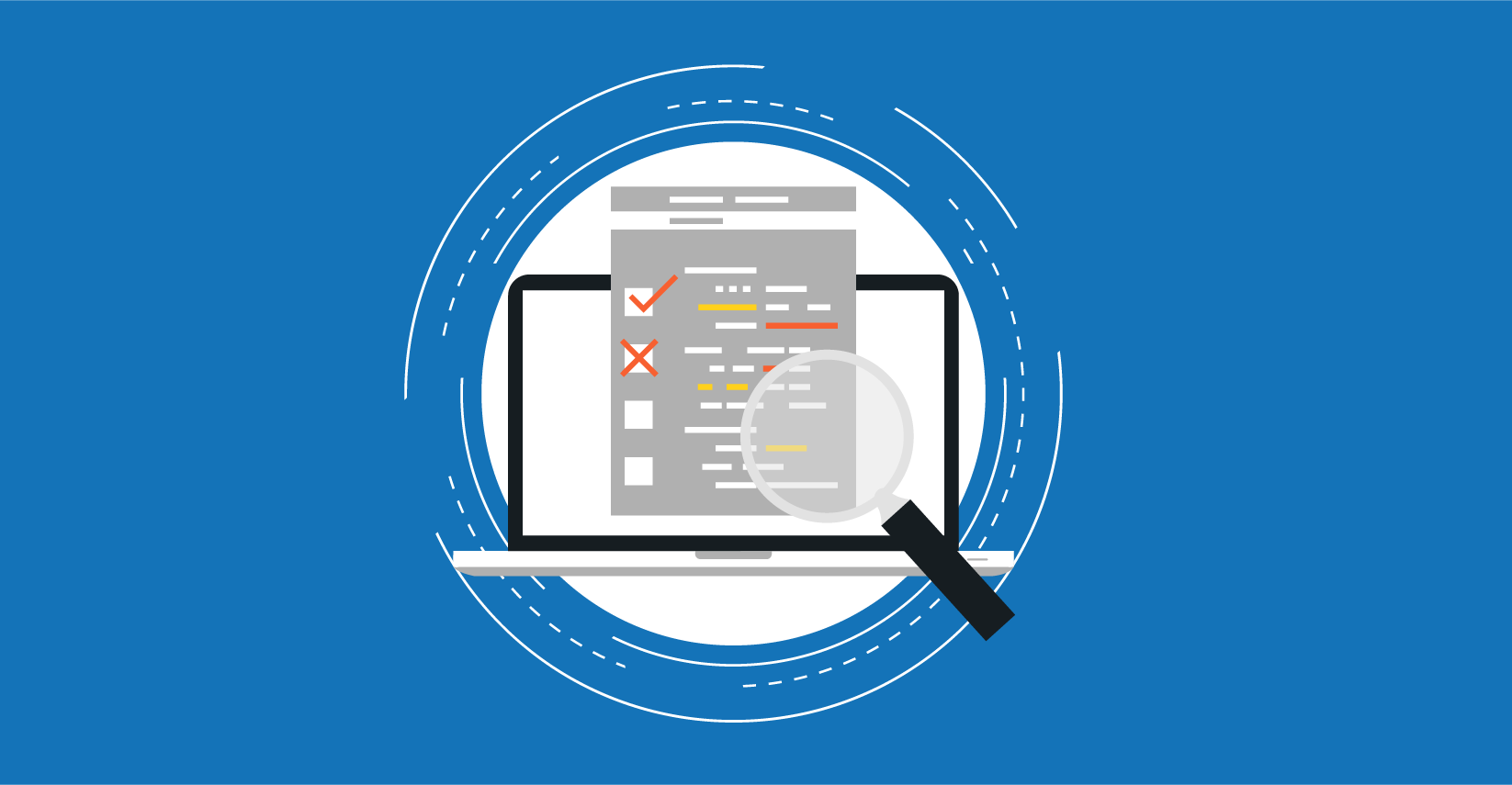What is Continuous Testing? Why is it Important?

- April 28, 2024
- Malaika Saeed
Are you also tired of catching your bugs by the end of the development cycle? Or are your bugs are also slipped in the developmental process? This is irritating for both you and the testing teams and the developers. The solution to this is continuous testing. Yes! you heard it right, continuous testing can save you from this hustle of fixing bugs at the end.So let’s know what continuous testing is and what are the benefits of implementing it.
What is Continuous Testing?
Continuous testing is a sort of software testing in which the product is assessed at various stages of the Continuous Delivery (CD) process.
Continuous testing employs automated tests to guarantee that teams receive timely feedback and can reduce as many risks as possible during the software development process.
Furthermore, team members are constantly learning about their product and how to improve quality and reliability.
Incorporating continuous testing in your business is not a straightforward process, as you must develop a test strategy for ensuring a smooth transition.
You also questioned why it is so precious. Imagine this: Traditionally, software testing occurs only after the code has been produced and given to the Quality Assurance department for independent testing.
Once the bug is discovered, the code is returned to the developers to be rectified. The testing model is fairly functional. However, it is dangerous, disruptive, and time consuming. Businesses currently demand rapid delivery of excellent goods.
But what if there was another option for testing? A quicker and more effective solution to alleviate bottlenecks between departments?
That is when continuous testing proves useful. Testing code immediately after submitting it to the project assists in bug detection before any more code is produced. That extra code will then not need to be modified to include bug fixes.
Why is Continuous Testing Important?
Continuous Testing is important for several reasons:
Faster Time-to-Market
Automated testing and deployment enables enterprises to better adapt to market developments. CT and test automation allow for faster development and more frequent deployment of updates. Automated testing ensures that developed code (both old and new) is properly and consistently checked. It emphasizes rapid error resolution to provide clean code delivery, allowing for integrations and accelerated application launch on a consistent basis at high speeds.
Improved Quality
CT evaluates all features and potential mistakes because it starts from the first development step of implementing new written code. With the correct CT implementation, testers and developers may be confident that all major issues in the application will be spotted early on – before integration.
Reduced Costs
CT is essential for producing error-free results. When code is changed, errors are intended to occur. CT allows for a faster turnaround time when identifying and eliminating faults at the beginning of the development lifecycle.
This lowers the overall cost of fixing problems. When a modification is recognized early in the development cycle, it often has a lower cost. This is when CT can be quite useful.
Improved Collaboration
The implementation of CT in the SDLC means that the development team receives early feedback on any difficulties that the code could bring to existing functionality.
CT delivers frequent practical suggestions at each development step, which helps to accelerate the release of applications for software into production with fewer errors.
This early input also helps to examine company risk coverage and achieve a faster time to market.
Compliance
Almost all organizations that are considering CT are concerned about this. Rest assured that CT processes may be readily integrated into the existing CI/CD pipeline without the need for any new tools.
If an enterprise does not already have a CI/CD implementation, it should consider starting one immediately to reap tangible benefits. Begin by developing a DevOps strategy with continuous testing in consideration.
How to Implement Continuous Testing?
Implementing CT requires a cultural shift, a change in mindset, and the right tools and frameworks. Here are some steps to implement Continuous Testing:
Shift Left
Continuous testing should not be added at the conclusion of merging code into the repository. Rather, Shift Left Testing ought to be used throughout the development process to ensure that code is validated at the individual level beginning with the construction of the first unit.Shift Left Testing physically moves testing to the “left,” i.e., earlier in the pipeline.
The Shift Left technique aims to find and fix faults as early as feasible in the development process.
This increases software quality and minimizes the amount of time spent later in the pipeline correcting errors (which typically become more severe as development advances).
In practice, this means that developers will run more tests before pushing their code to version control.
Automate Testing
Automation testing with frameworks such as Selenium and Appium is a practical way to perform continuous testing in software development.
These tools continuously test code and provide feedback to developers at various stages for changes and improvements. In this complex digital world software must provide optimal operation in a variety of real-world scenarios, which might be overwhelming.
Running tests on emulators or simulators might result in delays and do not give realistic user situations. Instead, doing tests on real devices eliminates uncertainty and provides precise performance evaluation.
Manage Test Data
Test data management is critical for software testing to ensure its accuracy and relevance. Test management tools like Kualitee can help you handle test data more successfully.
Robust test data is required for Continuous Testing, and while developing new features, collect data that reflects difficulties that the software may meet in production. However, access to production data may be restricted due to privacy laws and team silos.
To safeguard sensitive information, employ tools that allow you to copy and hide production data.
Monitor Test Results
Monitor test results and performance metrics, using analytics tools to identify trends and patterns. This involves using analytics tools, such as Splunk and ELK, to monitor test results and performance metrics, and identify trends and patterns.
Collaborate
Collaborate between development and operations teams, using tools and frameworks to communicate and collaborate effectively. This involves using collaboration tools, such as Jira, Trello, and Slack, to communicate and collaborate effectively, and ensure that everyone is on the same page.
What if You don’t Imply Continuous Testing?
If you don’t implement continuous testing in the testing process of your software, there could be several disadvantages by the end. it can affect the release of your product in the market. This will definitely have an effect on the reputation of your company. here are some disadvantages of not implementing continuous testing:
Costly Bug Fixing
If you don’t implement continuous testing your product will have Bugs at the end. As they did not catch during the development cycle and fixing bugs by the end is an expensive step to take. So if you implement continuous testing it can save your investment in bug fixing.
Security Vulnerabilities
Continuous testing reduces security vulnerability and enhances the security system of your software. It helps in catching the risk and mitigating them. But if you ignore continuous testing it will make your system compromised and increase the chances of data breaching and unauthorized access.
Compatibility issues
With CT you can check the compatibility of your software with different environments and devices during the developmental cycle.
In case of ignoring the continuous testing you will not be able to identify these issues in the development cycle and as a result it will affect the performance of your software.
Wrap Up!
More than a luxury, continuous testing has become a necessity for QA testing teams. So there are many companies like Kualitatem, that are giving you services like continuous testing. so take advantage today and contact us now to get benefits of continuous testing and get a smooth release of your product.










